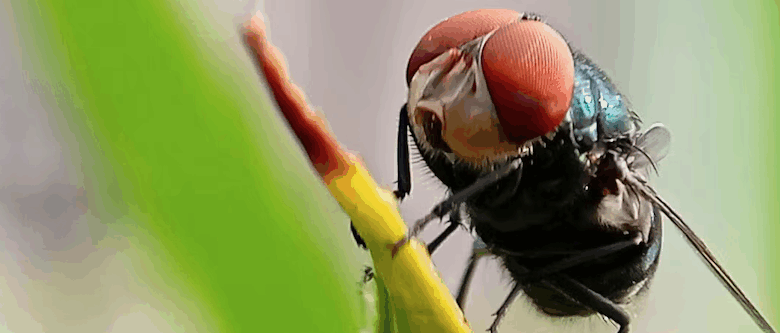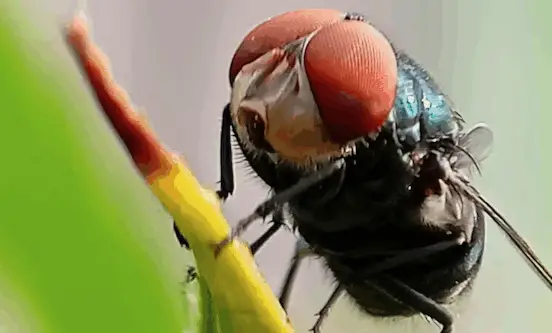Stealthily, by land and air, the cattle screwworm (Cochliomyia hominivorax) myiasis is advancing in southern Mexico, despite the control and containment measures implemented by federal and local authorities. It has now spread to seven species, including humans, due to the case detected in a woman in the state of Chiapas.
The total number of cases reported across all species exceeds 780, spanning municipalities in Campeche, Tabasco, Quintana Roo, Yucatán, and the state of Chiapas, according to data from the World Organization for Animal Health (WHO) and reported by the Mexican government.
Last Friday, the Ministry of Health reported the detection of the first human case of Cochliomyia hominivorax myiasis, in a 77-year-old woman residing in the municipality of Acacoyagua, Chiapas. The condition was reported to be stable.
Since November 2024, when the first case of myiasis was reported in cattle, the disease has spread to other species, affecting horses, dogs, goats, sheep, and pigs, in addition to the aforementioned case in humans.
The most recent report from the OMSA, dated April 15, 2025, indicates that a total of 443 cases of myiasis have been reported in Chiapas, the majority of which have occurred in cattle (403). However, in the last 60 outbreaks, seven have also been reported in sheep, dogs, horses, and swine, with seven cases reported.
According to the agency’s data,
Tabasco has seen 204 cases, including cattle, dogs, horses, goats, and pigs, with seven infected with myiasis.
In Campeche, a total of 99 cases have been reported, in cattle, dogs, horses, goats, and swine, totaling three.
In the states of Quintana Roo and Yucatán, cases of the disease have occurred in cattle, 12 in the former and 25 in the latter, according to the WHO report.
Following the first case of GBG myiasis in a woman in Chiapas, the federal Ministry of Health stated that “it is a disease that affects cattle and occasionally humans” and that, together with the Ministry of Agriculture, it is implementing “immediate actions” and that “so far, no additional cases in humans have been identified.”
Since the first recent case of myiasis was recorded in Mexico, authorities have announced epidemiological surveillance and prevention and control measures, especially by the National Service of Health, Safety, and Agrifood Quality (Senasica). However, cases have been increasing, especially because the infestation is caused by the larvae of the fly Cochliomyia hominivorax, which wanders through the air and lays its eggs, which when they hatch feed on the living tissue of mammals of various species.

Source: imagenagropecuaria




